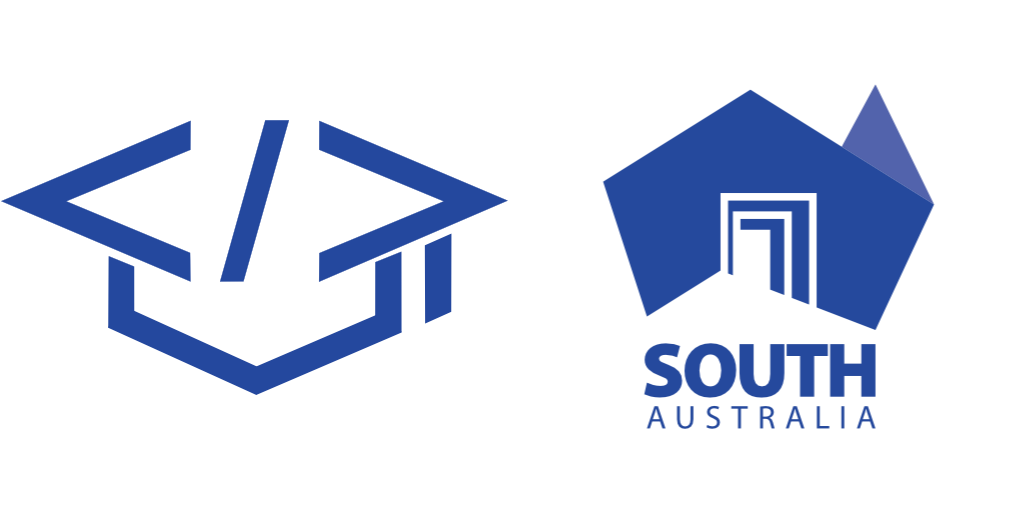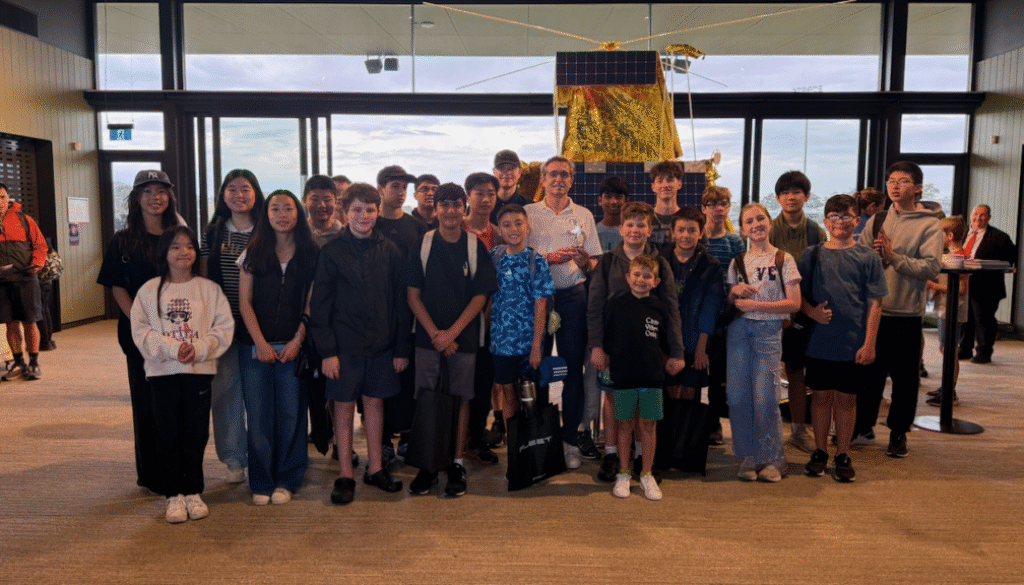Between Rain and Stars: ARCSA at the LaunchBox Grand Finale
A story of persistence, science, and a little bit of luck beneath a stormy sky.
It was still early when we arrived on 15 November 2025 at Summit Sports and Recreation Park in Mount Barker, the air thick with the quiet excitement of possibility. Students from all across Australia were gathering for the LaunchBox Grand Finale, Fleet Space Technologies’ national STEM competition — a culmination of months spent designing, coding, and experimenting with miniature satellites known as RAScubes.
For our students, this was more than a competition. It was a dream brought to life — the chance to see their ideas leave the classroom and reach toward the stratosphere.

A National Stage
This year’s LaunchBox program brought together over 2,000 students in 256 teams from every state in Australia.
From that vast field, four teams from the Adelaide Robotics and Computer Science Academy — ARCSA1, ARCSA2, ARCSA3, and ARCSA4 — reached the national finals, ranking among the top 20 in the country.
Their final standings speak for themselves:
- ARCSA3 – 8th place
- ARCSA4 – 12th place
- ARCSA2 – 18th place
- ARCSA1 – 19th place
For a small independent STEM academy competing against hundreds of well-funded schools, it was a proud and humbling achievement.
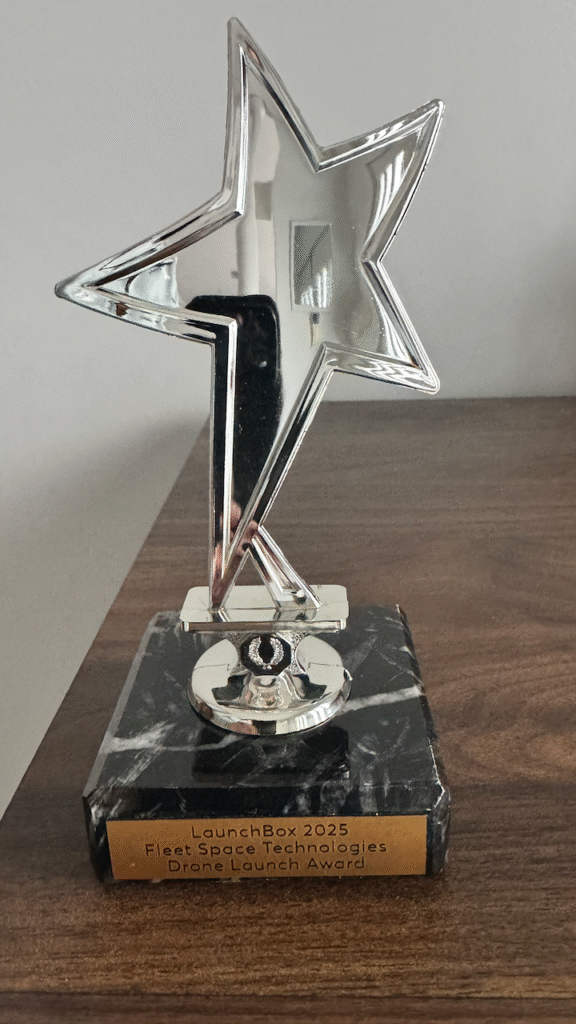
Under Storm Clouds
The morning began with excitement as the crowd gathered before the stage.
Astronaut Katherine Bennell-Pegg and Fleet Space CEO Flavia Tata Nardini welcomed students and began announcing the winners. ARCSA3 was called among the finalists — and the applause that followed carried a sense of shared triumph.
But just as the ceremony began, the skies opened. A torrential downpour swept across the park. The crowd scattered for shelter, and the planned launches were suddenly in jeopardy.
Fleet managed to launch a single weather balloon without payload, simply to track conditions.
Our teams regrouped, soaked but smiling, and made their way into CSIRO’s Mobile Mission Control Centre, a full-scale laboratory on wheels. Inside, students watched real-time telemetry, weather data, and tracking visuals — a glimpse into the world of professional space operations.
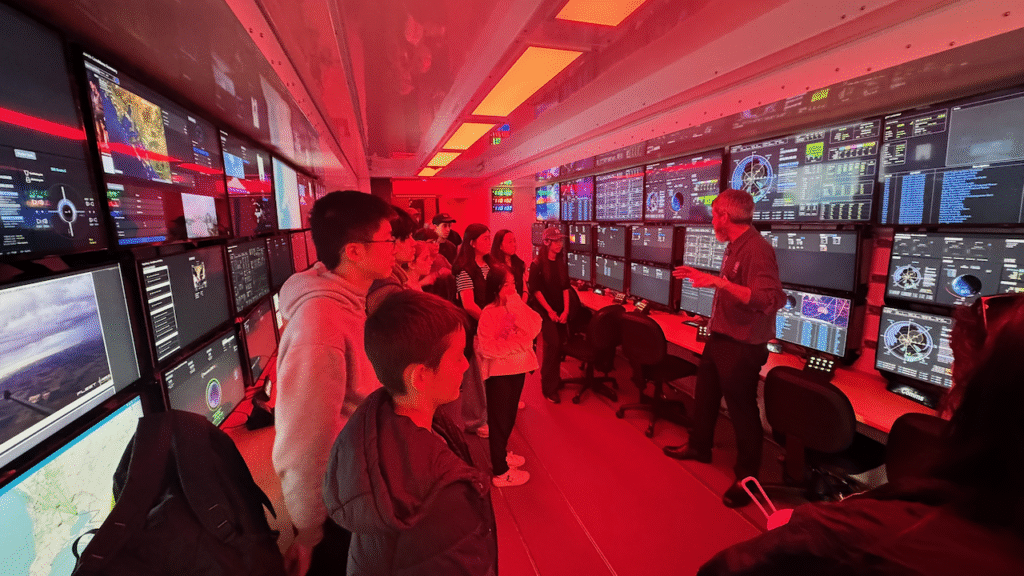
Moments that Mattered
Despite the weather, the day found its own rhythm.
We took a group photo beside the Fleet lunar rover, everyone huddled close — teachers, students, the finalists holding their trophy with quiet pride.
A few moments later, we shared words and photos with Katherine Bennell-Pegg, who spoke warmly about perseverance, curiosity, and the beauty of seeing young Australians reach for the stars.
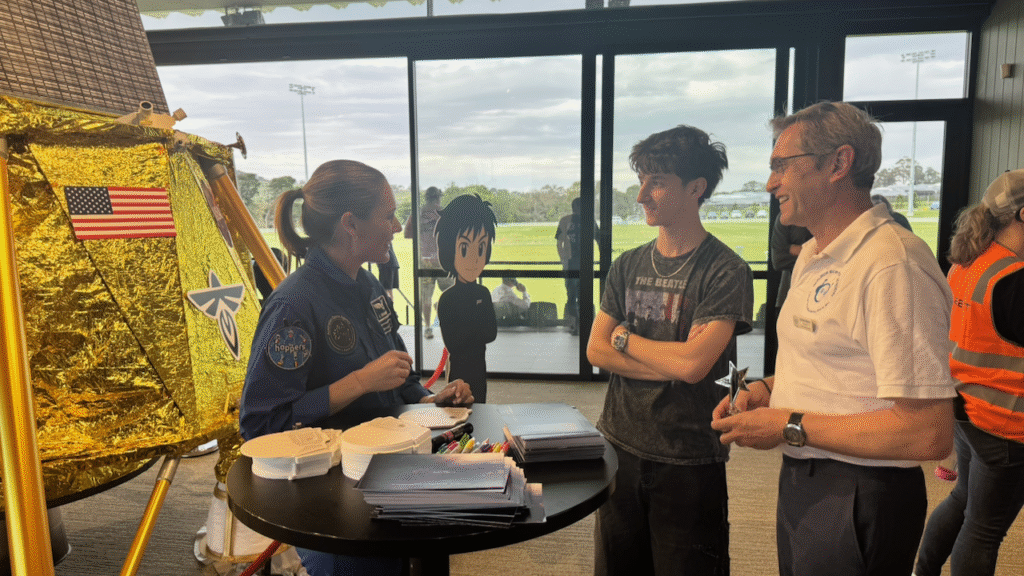
The Sky Clears
By early afternoon, the weather began to ease. Most schools had already left.
Then came the announcement — the sky is clear.
Fleet invited anyone still on site to launch their RAScubes.
And so, ARCSA3 became the only team in Australia to actually fly their satellite that day — not by balloon, but carried aloft by Fleet’s professional drone.
As the drone lifted off and the small cube swayed beneath it, every student watched in silence — a blend of relief, awe, and pride.
In that brief ascent, all the effort of the term — every line of code, every sensor test, every late afternoon in the lab — rose with it.

After the Rain
The event closed quietly around 1 pm. The field was muddy, the banners damp, but spirits were bright.
Our students left with more than data and trophies — they left with a story of resilience, of how sometimes the most meaningful victories happen not in perfect conditions, but in the courage to stay when everyone else has gone home.

Looking Forward
At ARCSA, we’re incredibly proud of our teams’ achievements and the spirit they carried into the competition.
The LaunchBox experience was a reminder that innovation thrives on curiosity, community, and persistence — values that define everything we do.
Congratulations to all our students for representing ARCSA and South Australia with such grace and determination.
We can’t wait to see what the next challenge is.
